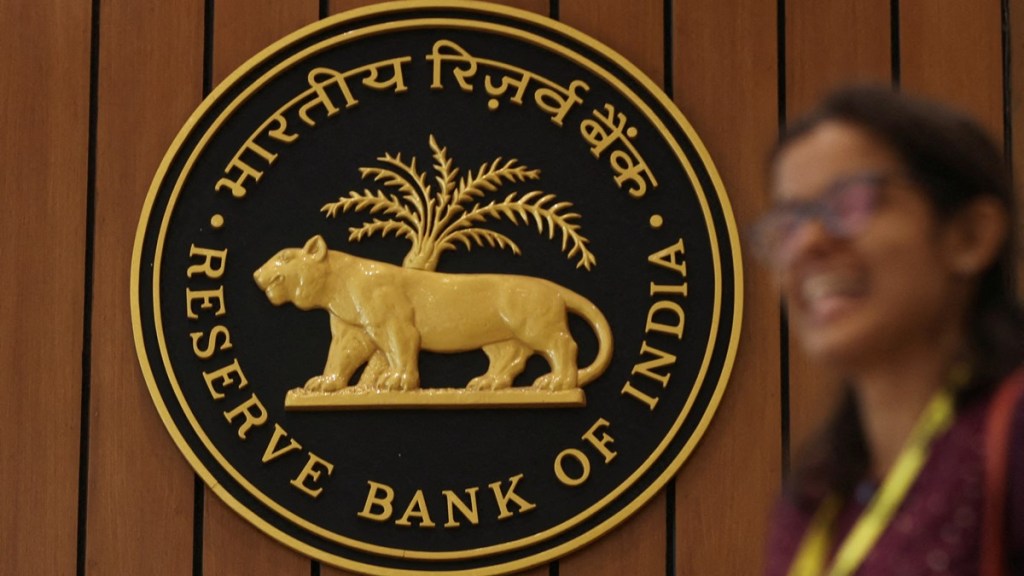After warning banks and non-banking financial companies (NBFCs) against a possible crisis in the unsecured loan segment, the Reserve Bank of India (RBI) has decided to walk the talk. On Thursday, it raised the risk weights on personal loans, loans to non-banking finance companies and credit cards – a move that is expected to lead to an increase in lending rates and slow down the growth in these segments. The decision excludes home mortgages, loans for education and cars, and debt backed by gold.
The central bank hiked risk weight for bank lending towards consumer credit, including personal loan from 100% to 125%; NBFCs’ consumer loans from 100% to 125%; credit card receivables risk weight from 125% to 150% and for NBFCs’ credit card receivable, from 100% to 125%.
For bank lending to NBFCs, the risk weight has been increased by 25% over and above the risk weight associated with the given external rating in all cases where the risk weight as per external rating of NBFCs is below 100%.
“The REs (registered entities with RBI) shall review their extant sectoral exposure limits for consumer credit and put in place, if not already there, Board-approved limits in respect of various sub-segments under consumer credit as may be considered necessary by the Boards as part of prudent risk management,” said the RBI circular, adding that limits shall be prescribed for all unsecured consumer credit exposures.
Further, top-up loans extended by REs against movable assets which are inherently depreciating in nature, such as vehicles, shall be treated as unsecured loans for credit appraisal, prudential limits and exposure purposes. The RBI said these changes shall be implemented by lenders on an immediate basis.
A senior official at a private bank told FE that as their bank has notable credit card exposure, there will be a 70-basis point (bps) impact on the bank’s CRAR.
“Most banks are having adequate capital cushion but may face 50 bps to 100 bps impact on CRAR. More importantly, banks will have to put in a certain risk management policy for unsecured consumer credit,” the official added.
Anil Gupta, senior VP and Co Group head of financial sector ratings at ICRA, agreed. He said though banks have adequate CRAR, the capital cushion that they have over and above the regulatory requirement of 11.5% will moderate.
“The moderation in capital cushion will depend on how much exposure each bank has to consumer loans and NBFC segments. In addition, since risk weight on NBFC lending has increased, which was a bit unexpected, lending rates for them will also go up,” Gupta said.
Suresh Khatanhar, deputy MD at IDBI Bank, said he expects negligible impact on the bank’s CRAR as its unsecured credit book is lower. “Most banks are sitting on comfortable capital position and hence may not need to raise additional capital on account of this,” he said.
He added that through this measure, the RBI may be signalling caution and dictating banks to hold a cushion against such unsecured book, as a matter of precaution.
Another banker, who leads consumer banking portfolio of a private bank, said the RBI’s decision is likely to make unsecured loans costlier for borrowers as banks and NBFCs may raise rates for such loans to protect their profit margins.
“After RBI’s decision, the ease of flow of unsecured lending will be curbed and lending may happen at a slightly higher rate,” he said. The decision to hike interest rates on unsecured loans will vary because some lenders may not choose to raise rates but opt to lower their exposure to maintain capital at the present level, he added.
An official at a large public sector bank said higher capital requirement will push the cost of capital for banks and NBFCs both, which in turn, will adversely impact their return on equity. The official said either lenders will have to set aside more capital, or reduce unsecured lending to maintain capital at the current levels. “RBI’s decision will discourage banks and NBFCs from going overboard on unsecured loans,” he said.
